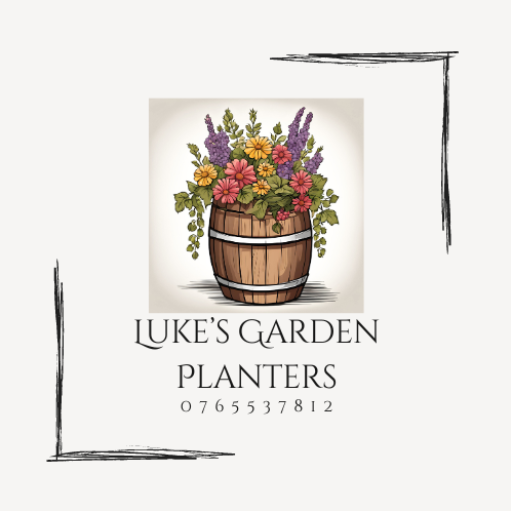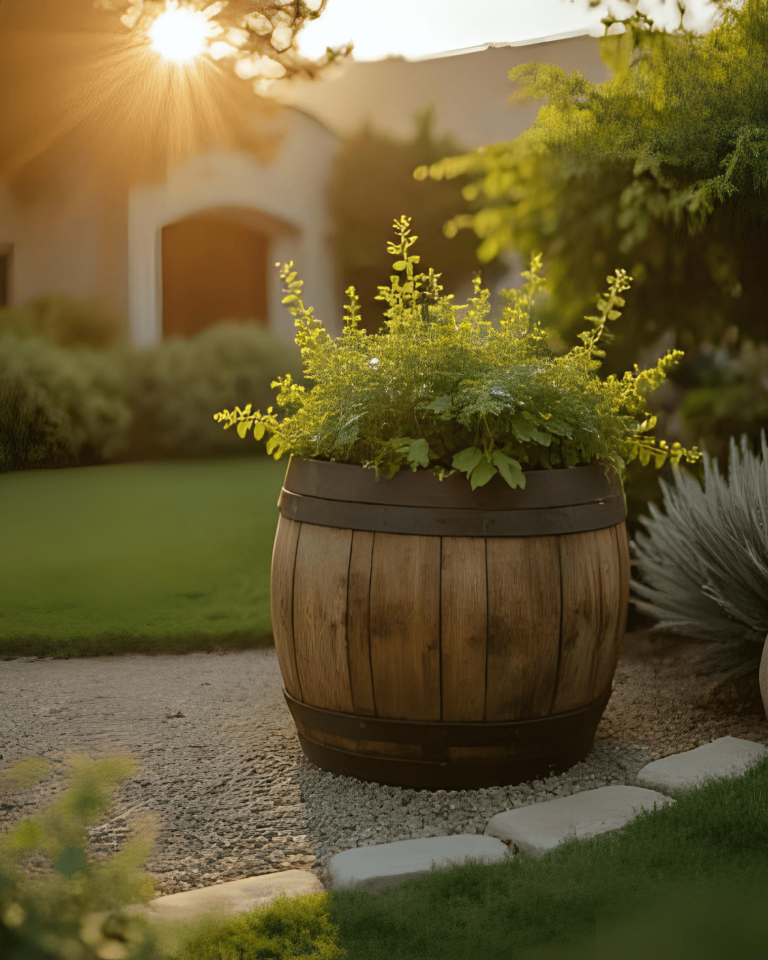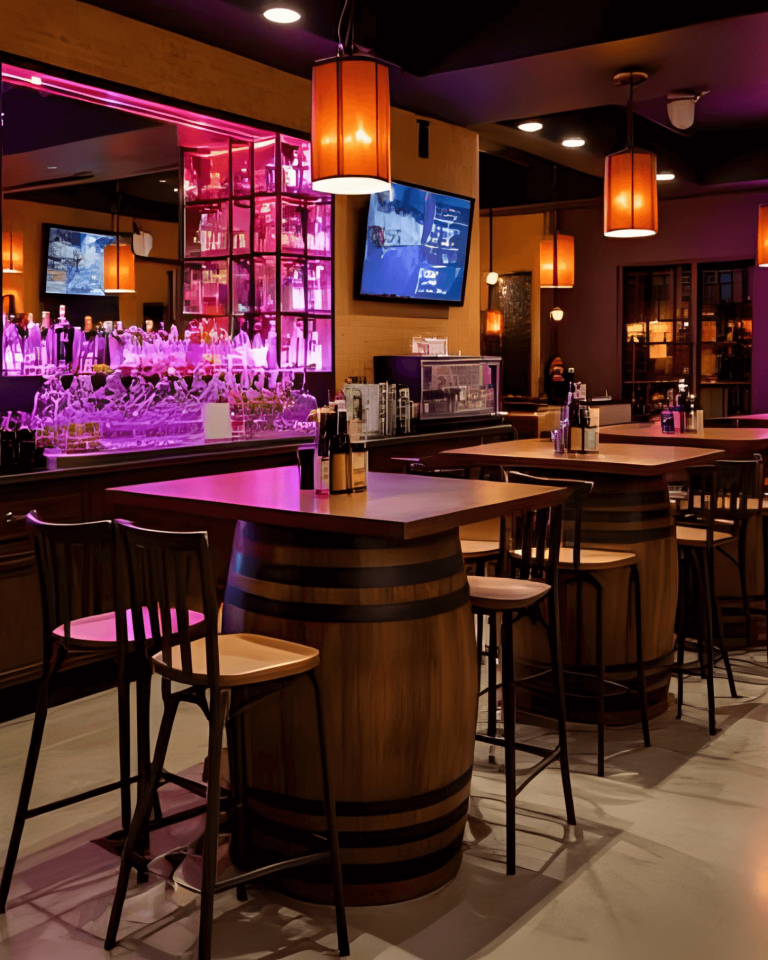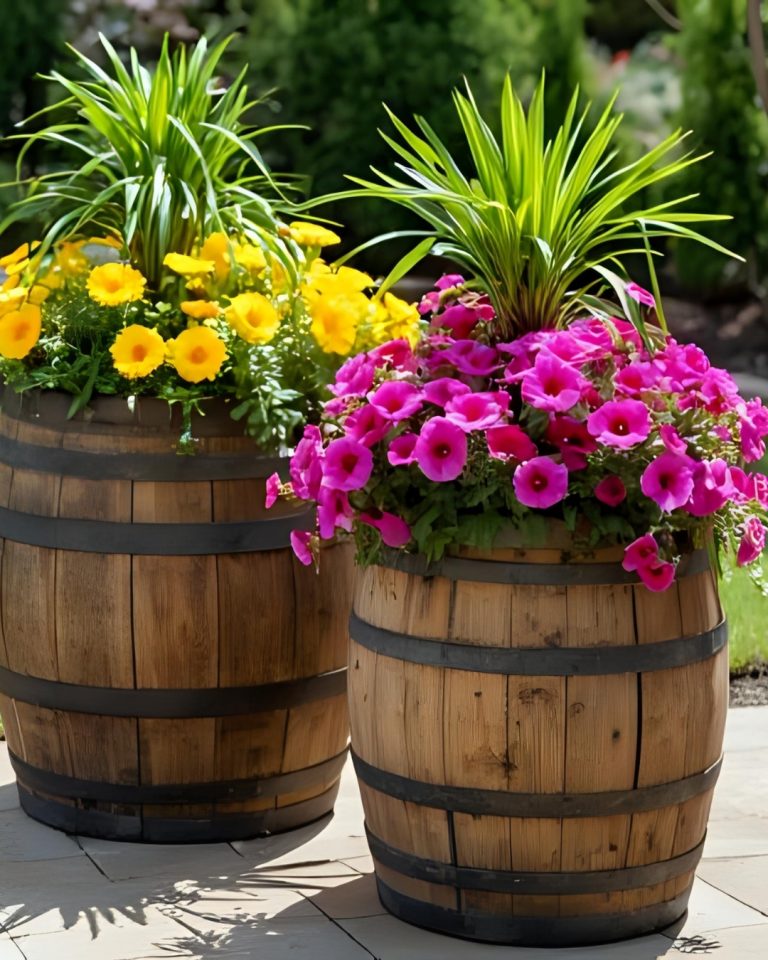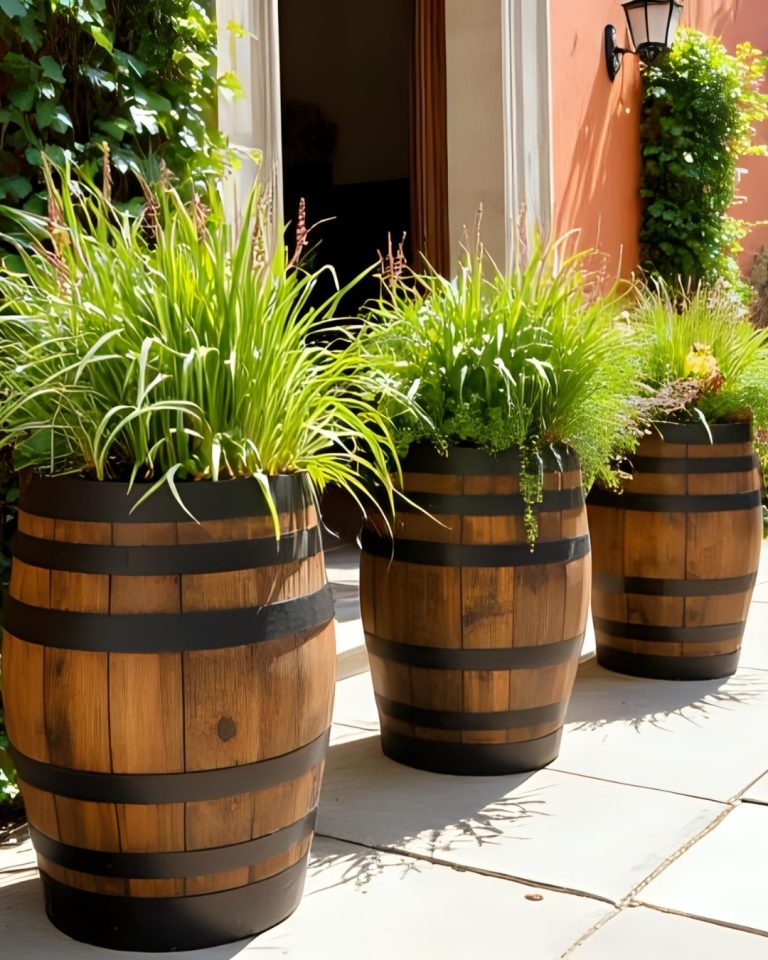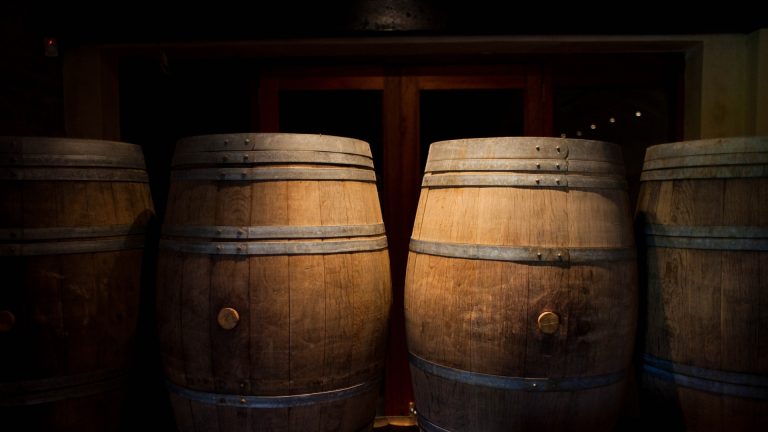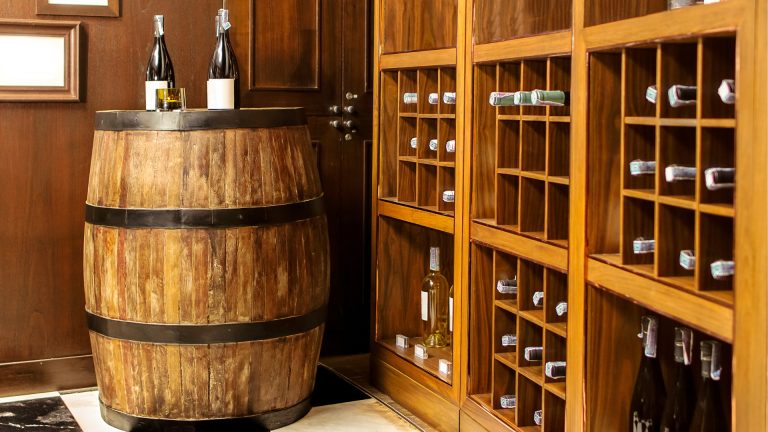The Art and Craft of Coopering: How Wine Barrels Are Made
Cape Town and the surrounding South African Winelands are famous for their world-class wines. But behind every bottle of fine wine lies the skill of the cooper – the artisan who crafts the barrels that define wine flavour and character. Wine barrels are more than just storage; they are a tradition, a piece of history, and increasingly, a stylish addition to gardens and homes.
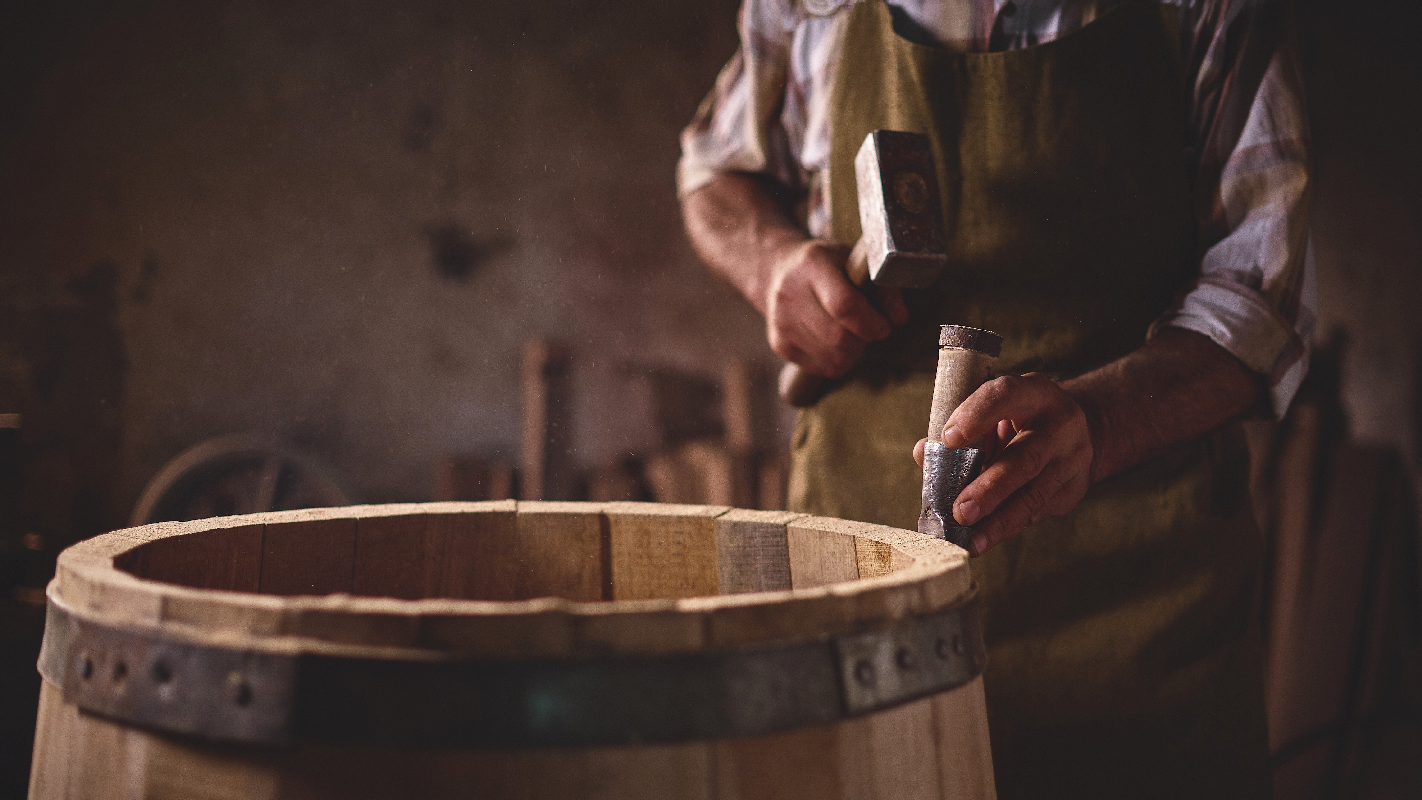
What is Coopering?
Coopering is the ancient craft of making wooden barrels. Skilled coopers select oak staves, shape them with precision, and assemble them using metal hoops. The process combines craftsmanship, science, and art, ensuring that each barrel is perfectly suited for its intended use – whether for aging wine in Stellenbosch vineyards or repurposed as a planter in your Cape Town garden.
The History of Wine Barrels in the South African Winelands
Wine barrels have a rich history dating back centuries. When Dutch settlers brought European winemaking traditions to the Cape in the 1600s, the use of oak barrels became essential for aging and transporting wine. Today, South Africa is renowned for oak-aged wines from Stellenbosch, Franschhoek, and Paarl, and the barrels themselves have become an iconic symbol of winemaking heritage.
The Barrel-Making Process: Step by Step
Consistency in posting is vital. It helps in building a loyal audience. Develop a content calendar to plan your posts. This not only keeps you organized but also ensures that your blog stays active and relevant.
- Selecting the Oak
Only high-quality oak, often from French or American forests, is used for wine barrels. The type of oak influences flavour, aroma, and tannins, making barrel selection crucial for both winemakers and gardeners seeking durability.
- Shaping the Staves
Staves are cut, shaped, and slightly curved to form the barrel’s characteristic round shape. This process requires precision and skill, ensuring a watertight seal without glue.
- Toasting and Charring
The interior of the barrel is toasted or charred over fire. This step enhances the wine’s flavour and aroma, and for planters, it helps preserve the wood and prevent decay.
- Assembly and Hooping
The staves are assembled and secured with metal hoops. Proper assembly ensures the barrel can hold liquid – or soil – without leaking, making it ideal for long-term garden use.
Wine Barrels as Planters: A Modern Twist
In Cape Town, repurposing wine barrels as garden planters has become popular. Their natural oak construction provides excellent drainage and insulation for plants, while their rustic appearance adds charm to patios, balconies, and vineyardside gardens.
Tips for garden use:
- Use varnished barrels for longevity in rainy areas.
- Choose unvarnished barrels for a natural, aged look.
- Perfect for herbs, vegetables, dwarf fruit trees, and flowering plants.
Why Choose Authentic Coopers’ Barrels?
Authentic barrels crafted by experienced coopers and used the Cape Winelands ensure durability, beauty, and authenticity. They carry the heritage of South African winemaking and are a sustainable choice for home gardeners, restaurants, and commercial spaces.
Conclusion: Bringing the Winelands into Your Garden
From the vineyards of Stellenbosch to your home garden in Cape Town, wine barrels tell a story of craftsmanship and tradition. Choosing a genuine coopered barrel planter not only enhances your garden’s aesthetic but connects you to centuries of winemaking heritage.
Explore Luke’s Garden Planters’ selection of handcrafted wine barrel planters and bring a piece of the South African Winelands into your home.
